We told you how to most efficiently spend 48 hours in Tel Aviv. Now, when thinking about the many sites Israel has to offer during a longer stay, Rosh Hanikrah may not be the first that comes to mind. Most people instantly take pictures of Masada or the beaches of Tel Aviv, but if you would like to explore a beautiful and less known site, Rosh Hanikrah is the place to go.
Located right on the border with Lebanon and the northernmost point of Israel’s coastline, Rosh Hanikrah is an attraction that would make any visit to Israel, only that much better. The kibbutz that is home to almost 14-hundred inhabitants is sure to show you a pleasant time and you will leave wanting to come back for more.
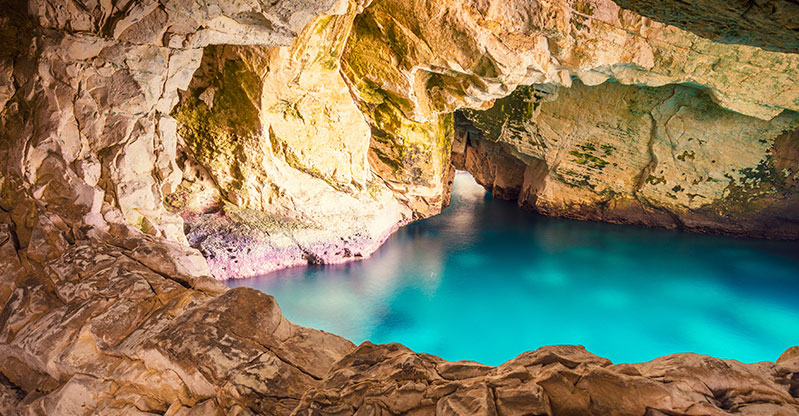
A Short Ride Down
In order to get to the town’s main attraction, one must take a ride on a cable car. Outside of scuba diving, this cable car is the only way to get to the grottoes and it is the shortest and steepest cable car ride in the world. The views provided by this fleeting trip are exquisite and it gives you only a taste of what you are about to experience.
It is open through all four seasons, but make sure to check the weather the day before you go, as cars may not run on days with storms or intense winds.
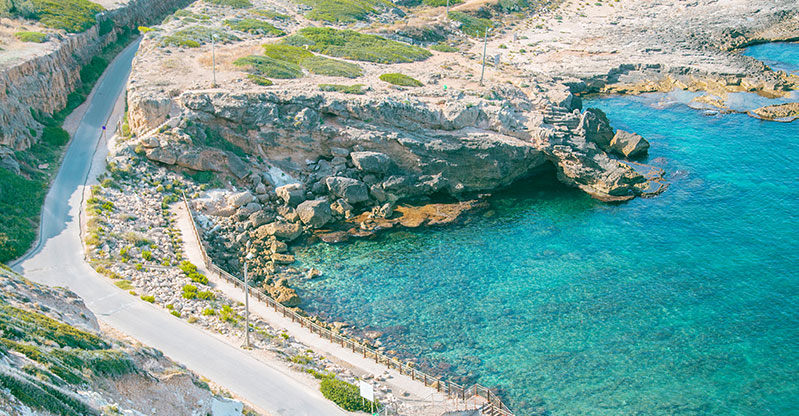
History of the Grottoes
The grottoes of Rosh Hanikrah are an incredible geologic phenomenon. They are sea caves which were formed by extensive underwater shocks that eventually led to massive cracks forming within the rocks. Waves then crashed against these cracks which caused an even greater rift between them, thus forming these alluring formations.
During World War II, the British needed a way to connect Egypt to Europe, so instead of building a railroad track on top of the mountain, they decided to dig through it. This is where the tours are given and you can still see part of the railway today.
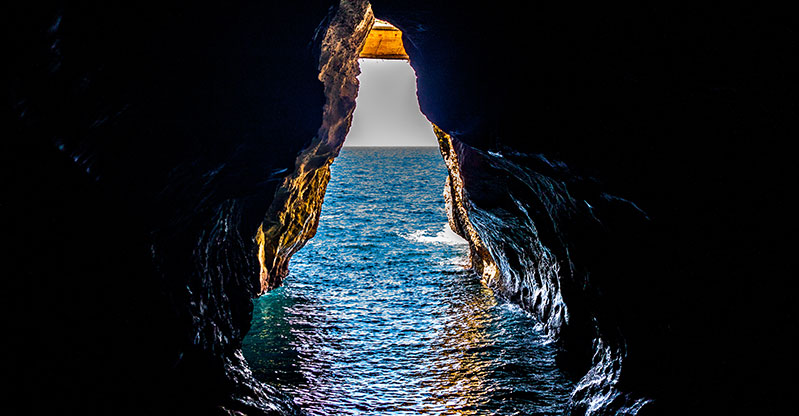
Accessibility
The awe-inspiring caves are fit for people of all ages to enjoy and is an activity to be done when traveling through Israel with young kids. Be careful and make sure to wear rubber shoes when visiting as the soft chalk rock passage is a bit slippery. Since it is a natural site, the grottoes are only partially accessible to the disabled. The first grotto is accessible, the second one is only partly accessible, and after this, it is strongly recommended to turn back because the rest of the path includes narrow passageways and stairs.
Subscribe to our newsletter
Learn Hebrew slang, take a virtual tour across Israel, discover the best local food and so much more
This attraction should not be missed. The stunning view of the ocean. The rich history. The stark contrast between the turquoise water and the off-white rock and when the light hits it just right, it is something that can leave an everlasting impression.
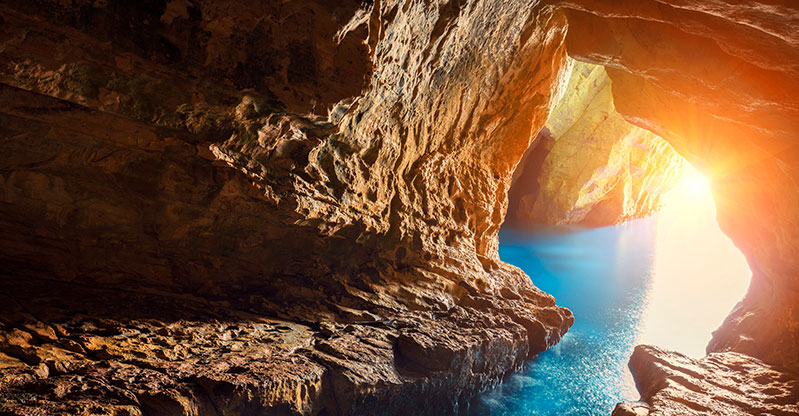
“Sea and Rock”
Tourists also have the opportunity to watch an audiovisual show. What is astonishingly unique about the show is that it is presented in one of the grottoes.
Titled “Sea and Rock”, it tells the story of the formation of the caves and provides a quick history of the site. It allows viewers to experience the grottoes through a different perspective than those seen on the tour and displays images of the original excavation.
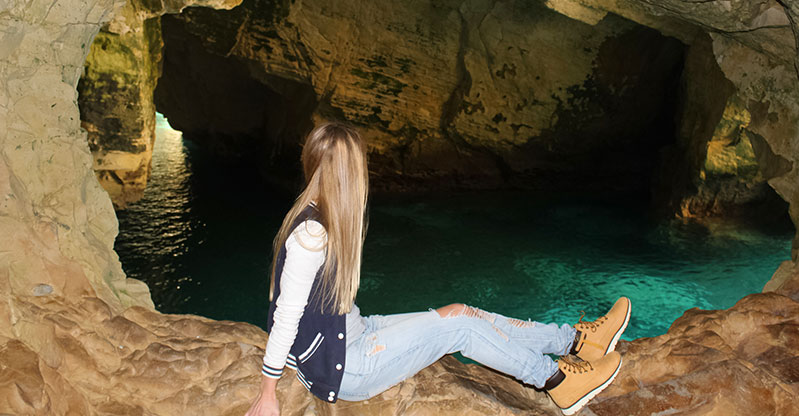
Learning the Language to Navigate the Grottoes
Now that we have shown you all that Rosh Hanikrah has to offer, it is time to prepare for your visit. Sign up for our online Hebrew courses to learn how to express your feelings and ask all of your questions about the site in Hebrew. Learning the language will not only help you while at Rosh Hanikrah, but it will make your trip to Israel much easier.







 Available on WhatsApp
Available on WhatsApp
Join the conversation (No comments yet)